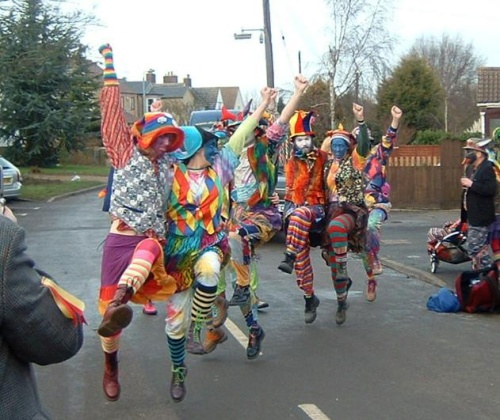
On 8 September 2022, the world learned of the passing of Queen Elizabeth II, Britain’s longest ruling monarch. As one of any number of public displays of gratitude to her seven decades of service, communities across the globe, large and small, sang God save the Queen, the first song in the world to serve in the function of a nation’s anthem. A kind of prayer en-masse, the singing of the text is an expression of national devotion.
Christopher (Kit) Kelen, in his article “‘And ever give us cause’: Understanding the investments of the Ur-anthem God save the King/Queen” (National identities: Critical inquiries into nationhood, politics, and culture XVII/1 [2015] 45–61; RILM Abstracts of Music Literature 2015-86813), explores the kind of work the anthem’s text does to construct a sense of nationalism and national commitment, in a British context and beyond. A glance at the abstract brings the essay’s scope and goals into focus:
This close analytical reading of the lyrics of God save the King/Queen seeks to understand what the functional survival of this song reveals about the rhetorical-affective investments of national devotion in the British sense; it examines the lyrics’ meaning in the context of the general definition of anthem and the generic classification of anthems worldwide. Because of the song’s international distribution, and status as Ur-anthem, it provides insight into the nature of the speech act entailed in the prayer-type of anthem and the nature of anthem quality (defined as that soul-stirring effect which certain combinations of music and lyrics achieve, most typically in the service of national affiliation) more generally. Theories of nation and nationalism serve to frame affective relations between nation, state, and citizenry as implied by, fostered by, and used in anthems.
The three public performances of God save the Queen below vary in terms of setting, historical moment, and function. But each one reveals, in its own way, the anthem effect about which Kelen writes. They produce a sense of national closeness and identity, reverence, and pride, demonstrating how lyrics and music can be combined to stir the soul.











